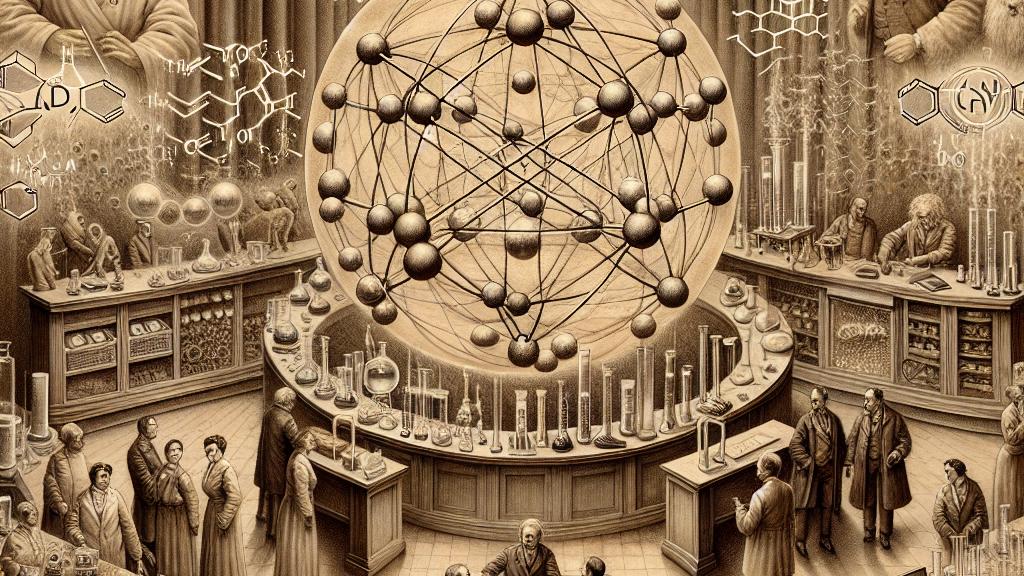Understanding Antimony's Unique Bonding for Advanced Materials
Overview
- Antimony's bonding characteristics significantly enhance phase change materials.
- Collaborative research unveils the unique dual nature of antimony's bonding.
- These findings have pivotal implications for future innovations in data storage and thermoelectrics.

The Significance of Antimony in Materials Science
In Germany, a dynamic team of researchers from Leipzig University, RWTH Aachen University, and the DESY synchrotron have joined forces to unveil the astonishing properties of antimony. This element is not just a curiosity; it’s a crucial player in revolutionizing phase change materials (PCMs), which are indispensable in modern technology, particularly in data storage systems and thermoelectric applications. By focusing on the fundamental atomic interactions, particularly how closely these atoms bond together, scientists can develop superior materials that intelligently store or release energy. For instance, in the realm of rewritable data storage, these insights could dramatically improve both speed and reliability, ensuring that your favorite songs or movies are always just a click away.
A Harmonious Blend of Bonding Types
Dive a little deeper into antimony's fascinating world, and you'll discover its unique ability to demonstrate a harmonious blend of two distinct types of chemical bonding: covalent bonding and multi-center bonding. These interactions are not merely theoretical; their real-world implications can drastically influence technological advancements. As Professor Claudia S. Schnohr highlights, the strength and nature of these bonds directly affect how well a material can transition between solid and liquid states without significant energy loss. Picture a perfectly engineered light switch—turning on and off with effortless efficiency—this is exactly the kind of performance scientists aim to achieve with effective phase change materials. In practical applications, utilizing antimony-based compounds can lead to faster response times and enhanced data integrity, making these materials essential for the innovators of tomorrow.
Antimony: A Beacon for Optimization
What truly sets antimony apart is its invaluable role as a model for studying phase change materials. Its uncomplicated atomic structure allows researchers to conduct detailed analyses, facilitating comparisons with more complex multi-atomic materials, such as germanium telluride. By concentrating efforts on antimony, scientists can unlock insights that promise optimized energy management solutions across various consumer devices. Imagine a future where materials can transition smoothly between solid and liquid states—skilfully regulating heat and energy use—ushering in a new era of sustainability in everyday electronics. Through this hands-on, focused approach, the potential for groundbreaking advancements becomes almost limitless, enabling the design of next-generation devices that are not only powerful but also gentle on our planet.

Loading...